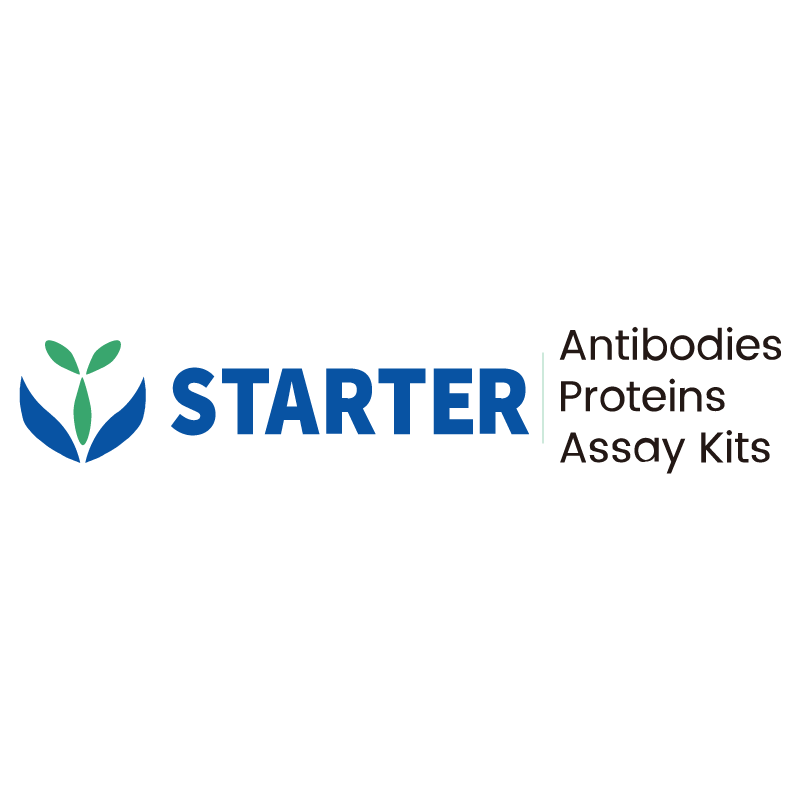Flow cytometric analysis of Human PBMC (human peripheral blood mononuclear cells) labelling Human CD163 antibody at 1/200 (1 μg) dilution/ (Right panel) compared with a Mouse IgG1, κ Isotype Control / (left panel). Goat Anti-Mouse IgG Alexa Fluor® 488 was used as the secondary antibody. Then cells were stained with CD14 - Brilliant Violet 421™ antibody separately.
Product Details
Product Details
Product Specification
| Host | Mouse |
| Antigen | CD163 |
| Synonyms | Scavenger receptor cysteine-rich type 1 protein M130; Hemoglobin scavenger receptor; M130 |
| Location | Cell membrane |
| Accession | Q86VB7 |
| Clone Number | S-3028 |
| Antibody Type | Mouse mAb |
| Isotype | IgG1,k |
| Application | FCM |
| Reactivity | Hu |
| Positive Sample | Human PBMC |
| Purification | Protein G |
| Concentration | 2 mg/ml |
| Conjugation | Unconjugated |
| Physical Appearance | Liquid |
| Storage Buffer | PBS pH7.4 |
| Stability & Storage | 12 months from date of receipt / reconstitution, 2 to 8 °C as supplied |
Dilution
| application | dilution | species |
| FCM | 1:200 | Hu |
Background
CD163 is a cysteine-rich scavenger receptor (a member of the SRCR-SF family) encoded by the CD163 gene, primarily expressed on the surface of monocytes and macrophages, with a molecular weight of approximately 130 kDa. Its structure consists of an extracellular domain with nine SRCR domains, a transmembrane segment, and a cytoplasmic tail. CD163 specifically recognizes the hemoglobin-haptoglobin complex (Hb-Hp) and free hemoglobin (FHb), playing a crucial role in hemoglobin clearance and iron metabolism. CD163 exhibits significant immunomodulatory functions by suppressing pro-inflammatory cytokines (e.g., TNF-α, IL-6) and promoting anti-inflammatory factors (e.g., IL-10), thereby mitigating inflammatory responses. It also exerts antioxidant effects through pathways such as HO-1 activation during oxidative stress. The soluble form (sCD163), generated by ectodomain shedding, is elevated in conditions like cirrhosis, diabetes, and rheumatoid arthritis, making it a potential biomarker for inflammatory diseases. Additionally, CD163 serves as the key receptor for porcine reproductive and respiratory syndrome virus (PRRSV), highlighting its importance in veterinary research and disease-resistant breeding strategies.
Picture
Picture
FC


